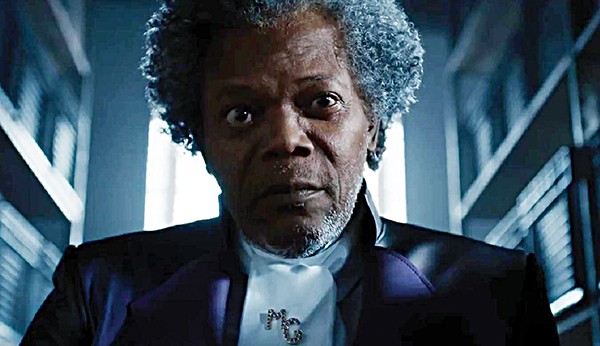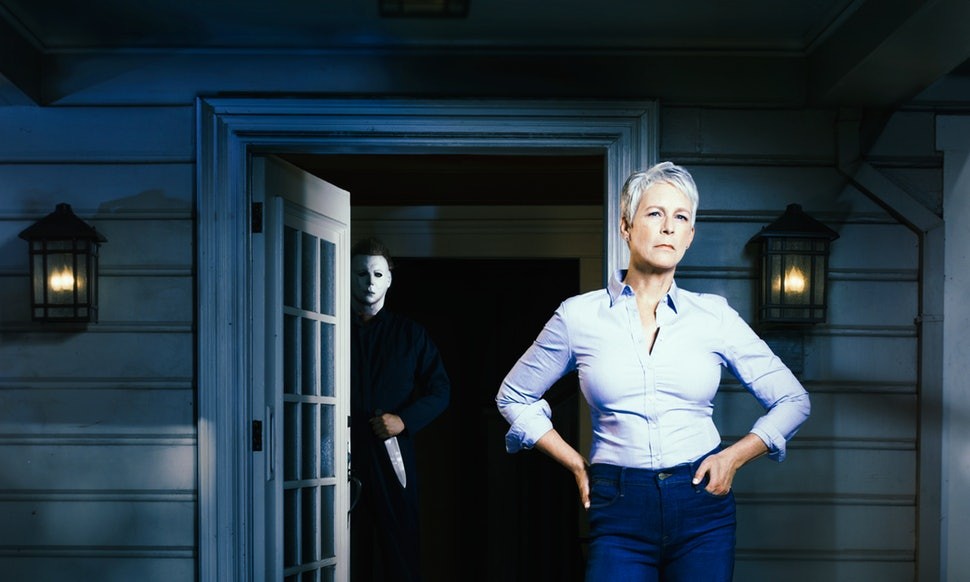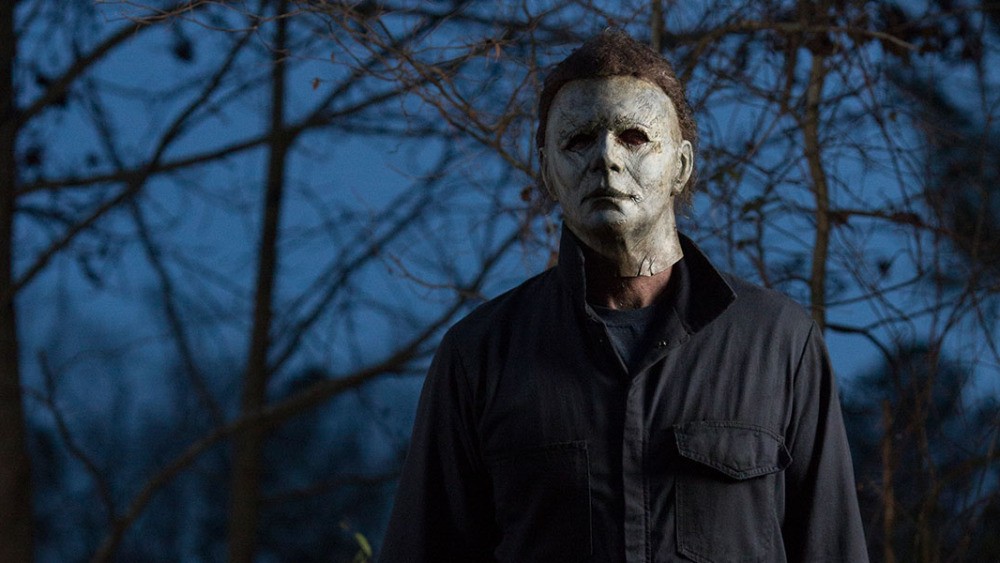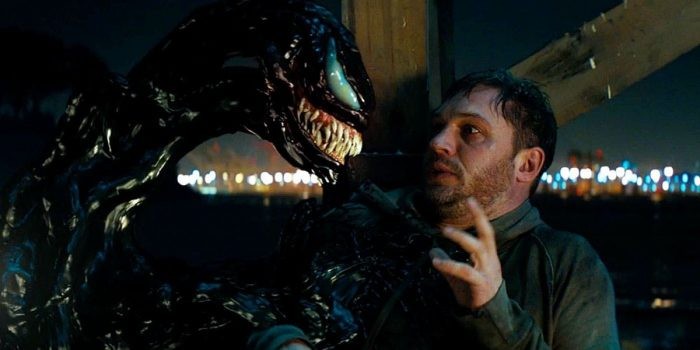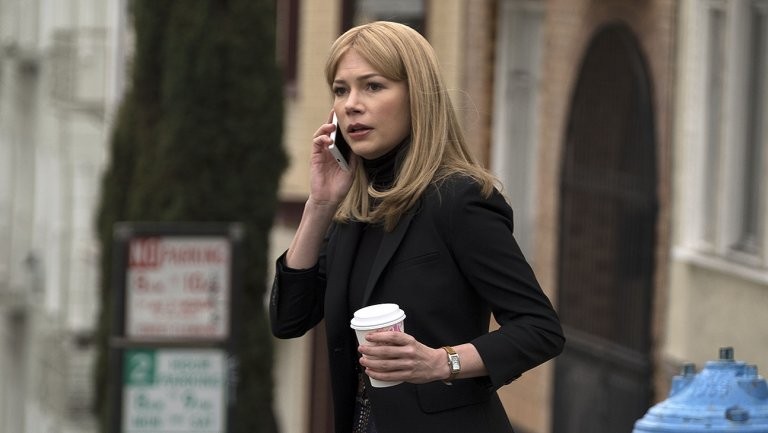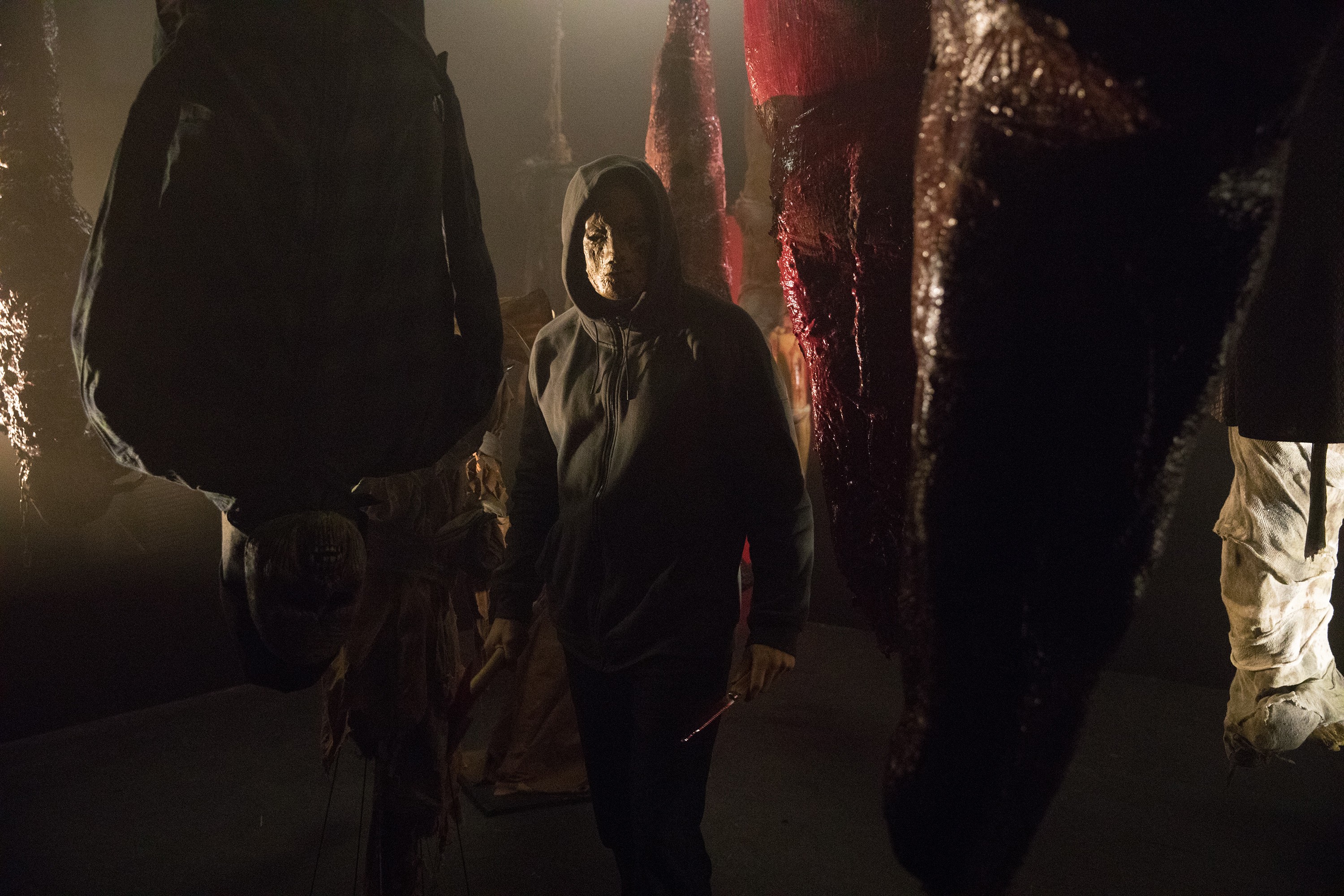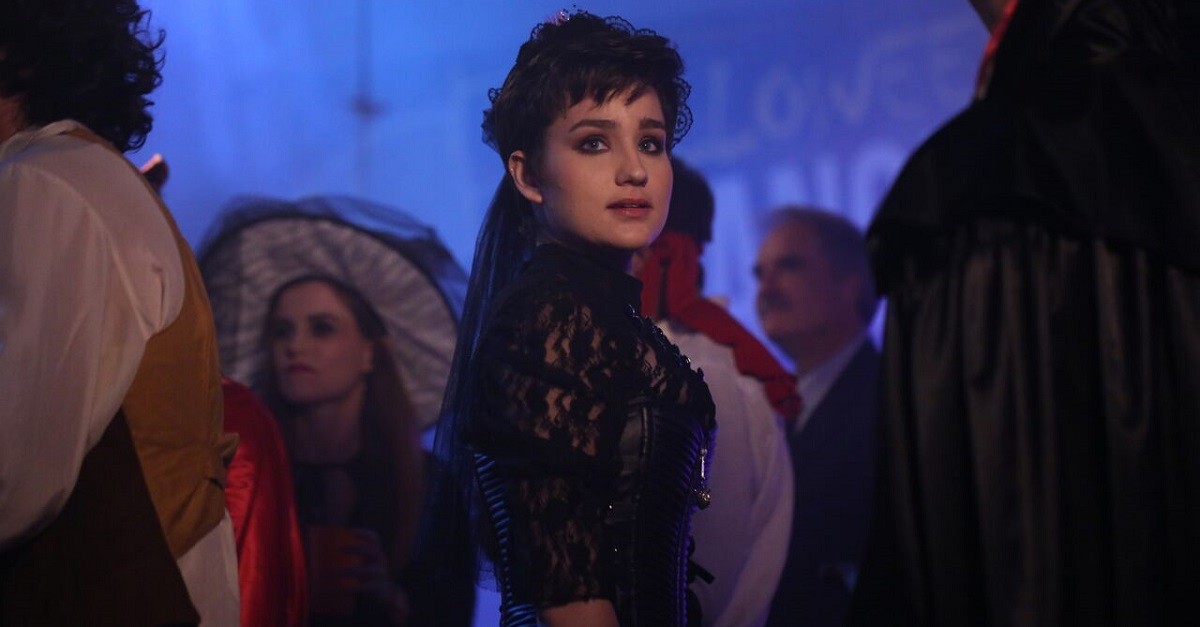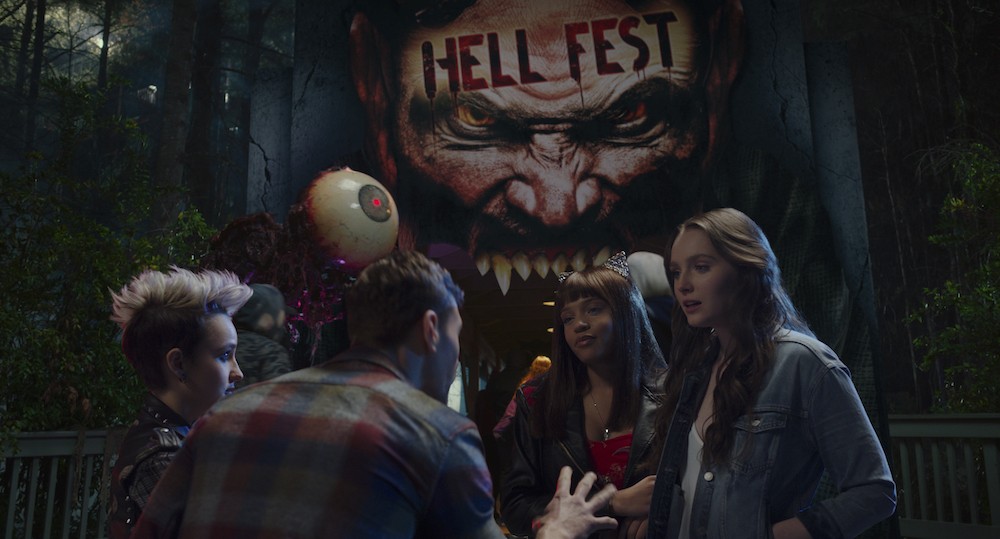Reviewing a film or TV series can be elitist because the production value which causes you to rate it highly can be heavily influenced by the money in the film’s budget. You might unconsciously thrill to a large makeup staff or better camera lenses, an expensive soundtrack or locations, and only know about the movie due to the size of its advertising coffers. While threadbare productions made with only skill or love are passed by for failing to meet your standards in a single area, a worse film might earn your praise by the power of the purse. More films and books are written and forgotten in a year than are possible to know. Amazon’s Lord of the Rings: The Rings of Power is by its PR-friendly number worth a billion dollars, adding up its over $250 million five-season order, and is by that standard guaranteed to succeed and morally bankrupt at the same time.
This is unfair. Money is relative. Fantasy films require large set design departments. Art loses its financial context, and I can’t remember bills from years ago, only that they hurt. Like HBO’s House of the Dragon, Rings of Power is a state-of-the-art recreation of the feel of a blockbuster based on ancillary material by the author of the original hit. Fantasy god J.R.R. Tolkien’s Lord of the Rings appendices were mined to produce the adventures of the early years of ancient beings Galadriel, Elrond, and Sauron.

The two episodes which premiered last Friday tell the story of the search by Galadriel the elf (Morfydd Clark) for Sauron and the Orcs that murdered her brother, her friend Elrond’s (Robert Aramayo) ominous construction project, an elftstar-crossed love with a human, and a Harfoot, a Hobbit ancestor, meeting a mysterious comet-delivered Stranger. Shot in New Zealand like Peter Jackson’s original series, the televisual approximation of that trilogy works and is only hampered by the TV mold into which it is poured. Things are a little less epic with A, B, and C plots.
This reviewer’s relation to the series is at a remove: A family copy of Fellowship of the Rings was torn in half (it had no cover and started with the Council of Elrond, I turned away). From this sundering I was sent down a dark path, fated to become A Song of Ice and Fire fan, with its more grimdark but down-to-earth sensibilities. My main relationship to Rings is cinematic. As a projectionist for a Malco multiplex out east, I screened all three films for thousands of people, over and over. My favorite thing opening weekend of Return of the King was being able to look out the back of a theater and watch people wipe their eyes in unison on cue to Aragorn’s “You bow to no one.”
Fellowship’s best part was its intro, where Cate Blanchett’s voice-over gave a touch of angry finality to a rundown of a complicated history. The sullenness of her line reading comes across in Clark’s Galadriel, who has an action hero-like vengeful need to kill all Orcs. But without its compression, the dark wondrous tone of that opening dissipates. As with House of the Dragon (whose re-use of Game of Thrones’ theme song is an accidental mission statement), a good thing re-spread gets a little thinner.
The second episode was more my speed. It was less mythic. Anti-elf racism was accentuated by sea-wyrm attack, which was followed by silently moving past that once most of the humans were eaten. The wyrm or dragon behaved like a real-life ocean predator: You could only see the fins. (Wonderfully, it wore its previous boat snack as a shroud.) It and a single Orc refashioned as a slasher-movie monster in a cabin in the woods were shot in ways faithful to the horror elements of Jackson’s originals, and better for it.
Likewise, the mystery of angry dwarf Prince Durin IV forcing Elrond into an entirely too fanciful rock-breaking contest resolved in a believable, mundane way: He was eager to banish his friend from his kingdom because Elrond had missed his wedding. Suddenly, dwarf and elf awkwardness was relatable. I can respond to awkwardness, cringe, horror. Grandeur is harder.
Lord of the Rings: The Rings of Power is streaming on Amazon Prime.
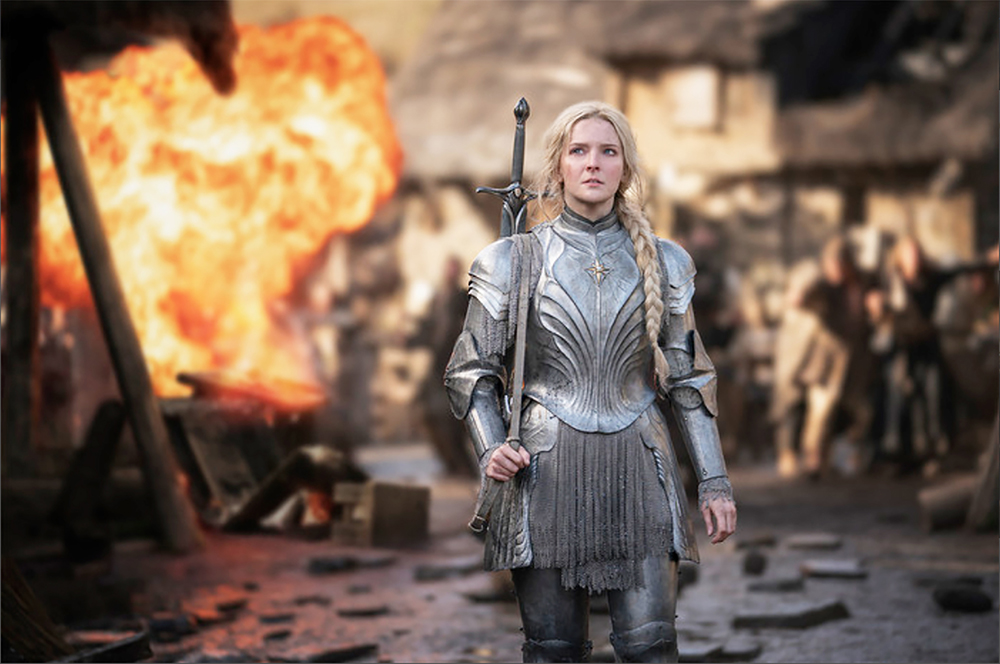

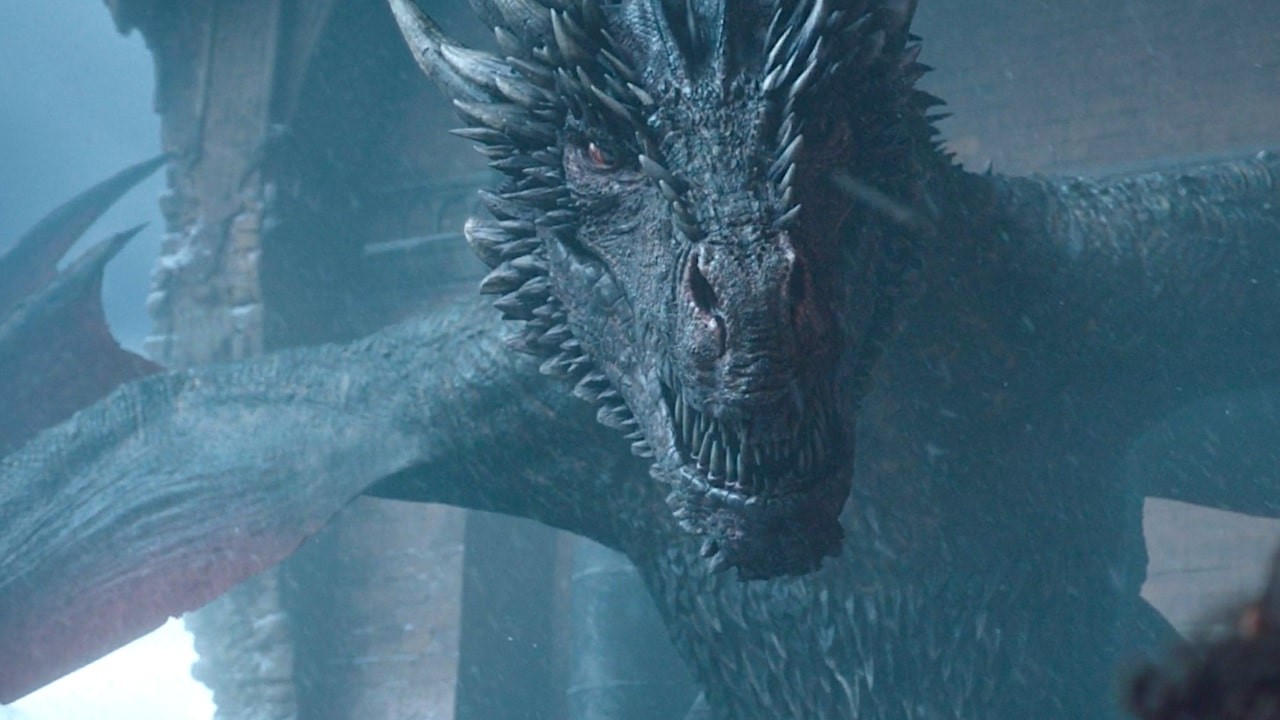

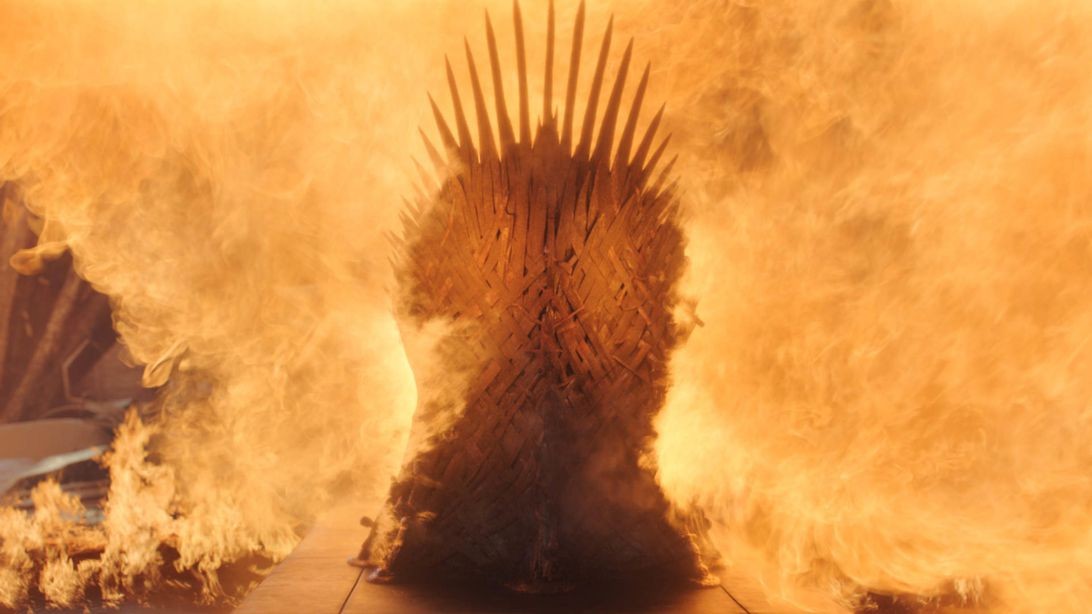
 courtesy HBO
courtesy HBO 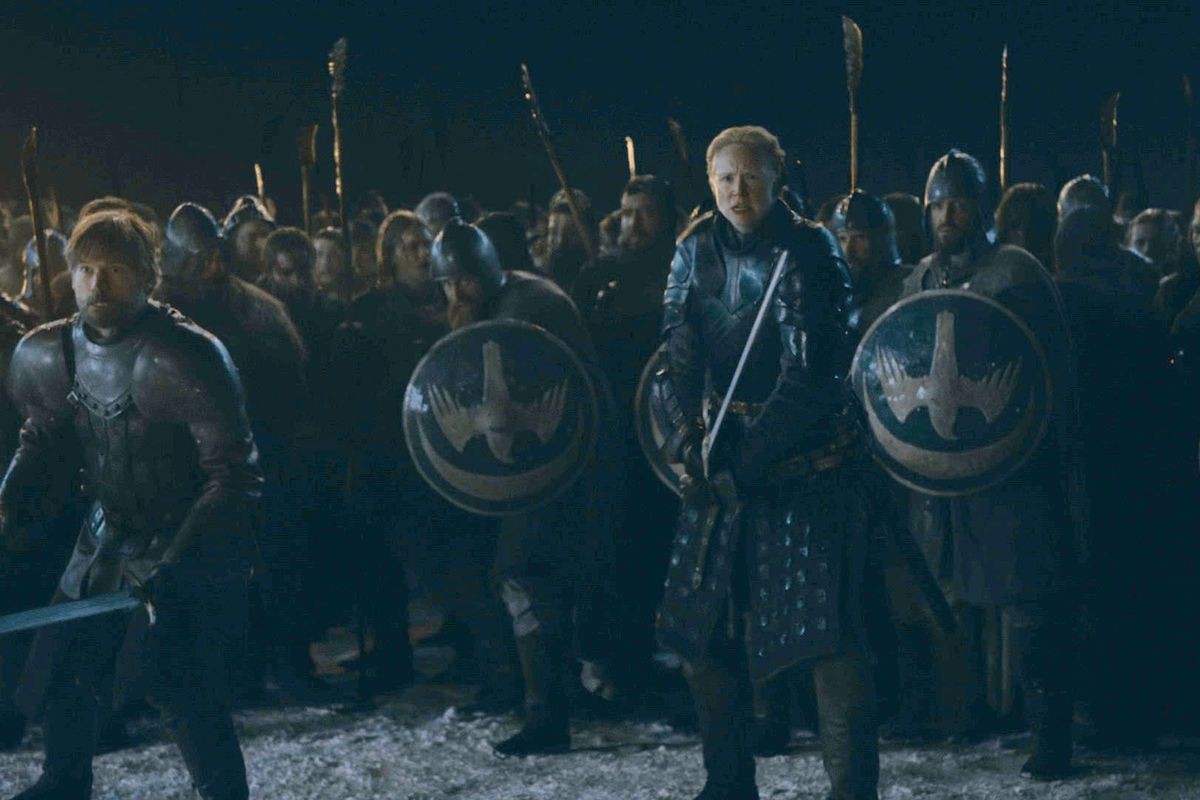 courtesy HBO
courtesy HBO  courtesy HBO
courtesy HBO 